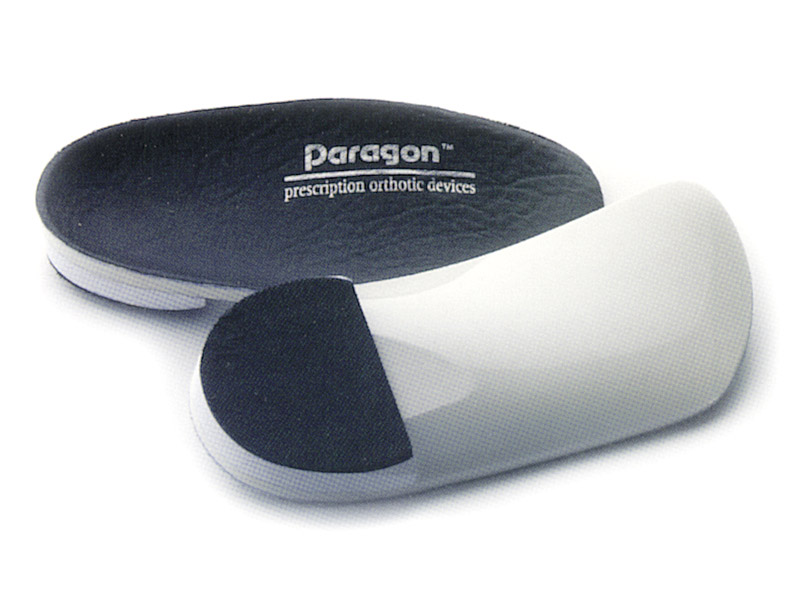Do High Arches Require Foot Orthotics?
High arches, also known as cavus foot, can pose unique challenges for individuals, often leading to discomfort and various foot problems. Understanding whether high arches necessitate the use of foot orthotics involves examining the potential issues associated with this foot structure and how orthotics can help manage them.
Understanding High Arches
High arches are characterized by an excessive upward curve of the foot’s arch, causing the heel and the ball of the foot to bear most of the body’s weight. This condition can be congenital or develop over time due to neurological disorders, trauma, or other factors. Unlike flat feet, which lack a pronounced arch, high arches can lead to distinct biomechanical issues.
Common Problems Associated with High Arches
- Plantar Fasciitis: High arches can increase tension on the plantar fascia, the ligament running along the bottom of the foot, leading to inflammation and pain, particularly in the heel.
- Metatarsalgia: Excessive pressure on the ball of the foot can cause pain and inflammation in the metatarsal region.
- Heel Pain: Concentrated pressure on the heel can lead to conditions like heel spurs or Achilles tendinitis.
- Instability: High arches can reduce the foot’s ability to absorb shock, increasing the risk of ankle sprains and instability.
The Role of Foot Orthotics
Foot orthotics are custom-designed or pre-fabricated inserts placed inside shoes to support and align the feet. For individuals with high arches, orthotics can offer several benefits:
- Improved Weight Distribution: Orthotics can help redistribute weight more evenly across the foot, reducing pressure on the heel and ball of the foot.
- Enhanced Shock Absorption: Orthotics with cushioning materials can enhance shock absorption, minimizing the impact on the feet and lower limbs.
- Support for the Arch: Custom orthotics can provide specific support to the high arch, alleviating tension on the plantar fascia and reducing the risk of plantar fasciitis.
- Stabilization: Orthotics can improve foot stability by offering better alignment, which can help prevent ankle sprains and other instability-related injuries.
Custom vs. Over-the-Counter Orthotics
Custom Foot Orthotics: These are tailored to the individual’s foot structure and specific needs, providing optimal support and comfort. They are typically more expensive but can offer superior results for those with significant issues related to high arches.
Over-the-Counter Orthotics: These are readily available and more affordable. While they may not provide the same level of precision as custom orthotics, they can still offer considerable relief and support for those with milder symptoms.
Do High Arches Necessarily Require Orthotics?
Not everyone with high arches will need orthotics. The decision largely depends on the severity of symptoms and the impact on daily activities. Here are some scenarios where orthotics might be necessary:
- Chronic Pain: Persistent foot pain that interferes with daily life.
- Frequent Injuries: Recurrent sprains, stress fractures, or other foot-related injuries.
- Functional Limitations: Difficulty performing activities such as walking, running, or standing for extended periods.
For individuals experiencing mild discomfort or who are asymptomatic, proper footwear with good arch support and cushioning might suffice. Regular exercises to strengthen foot muscles and improve flexibility can also be beneficial.
Conclusion
High arches can lead to various foot problems that may necessitate the use of foot orthotics. Orthotics can provide significant relief by redistributing weight, enhancing shock absorption, and offering support and stability. Whether to use custom or over-the-counter orthotics depends on the severity of the symptoms and the individual’s specific needs. Consulting with a healthcare professional, such as a podiatrist, can help determine the best approach to managing high arches and maintaining foot health.


